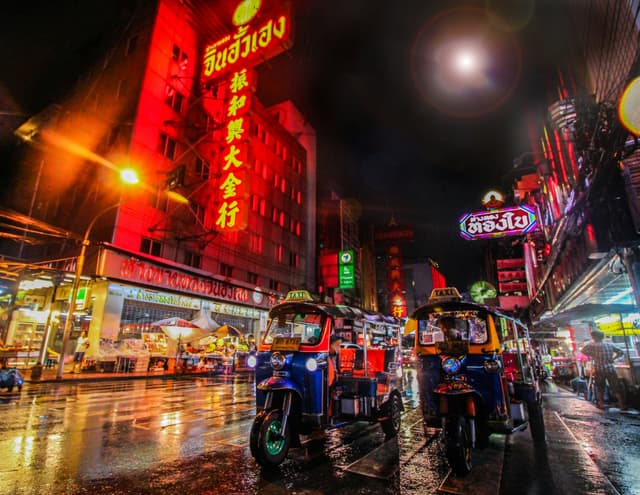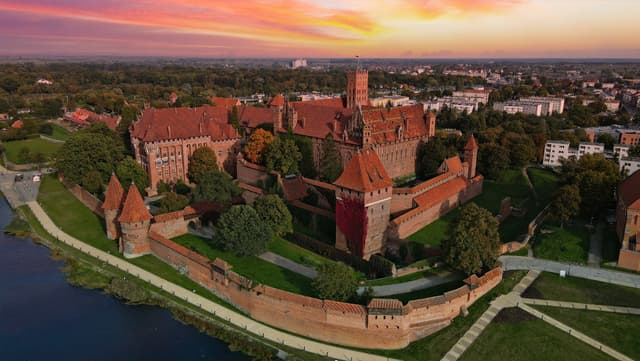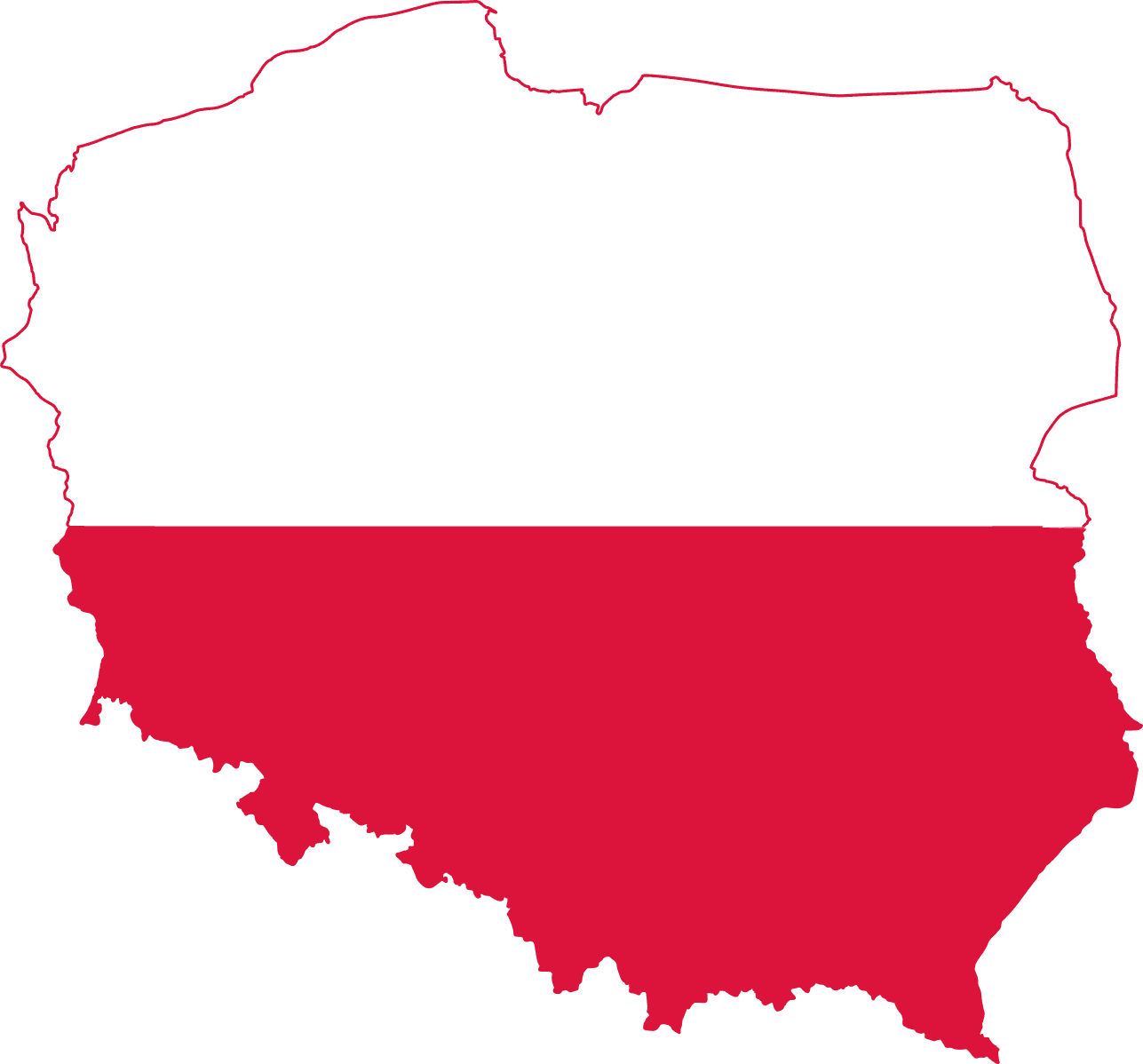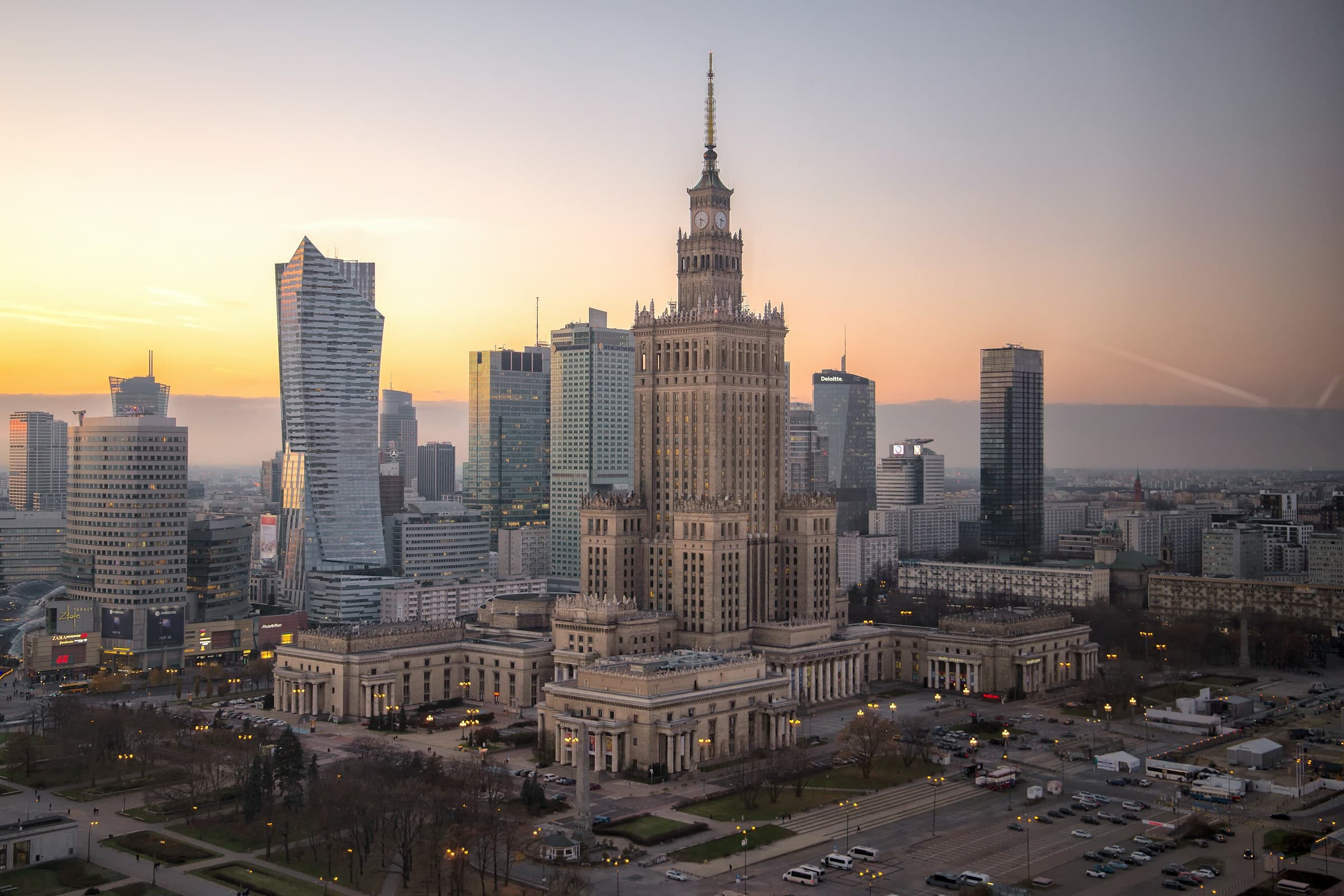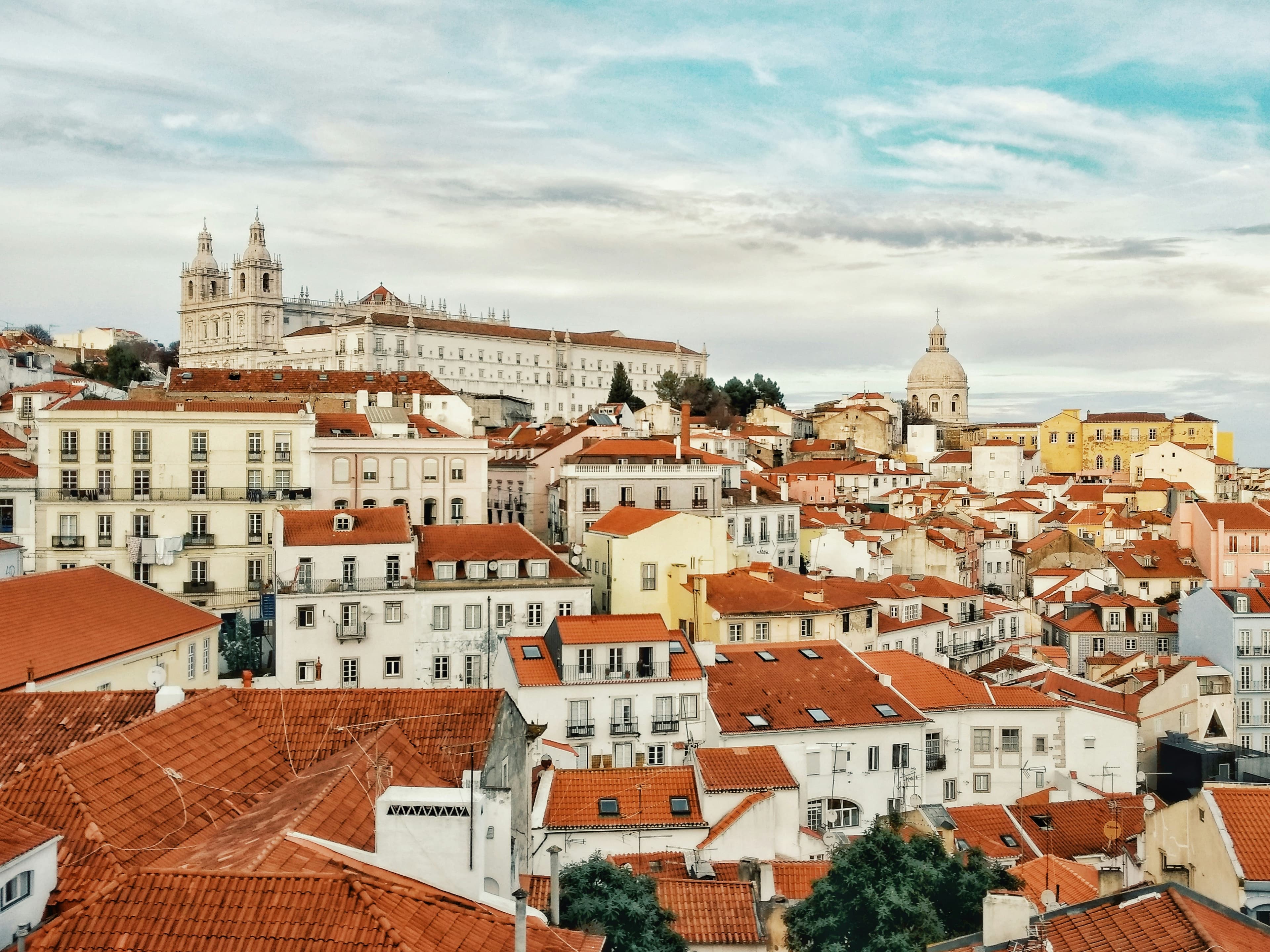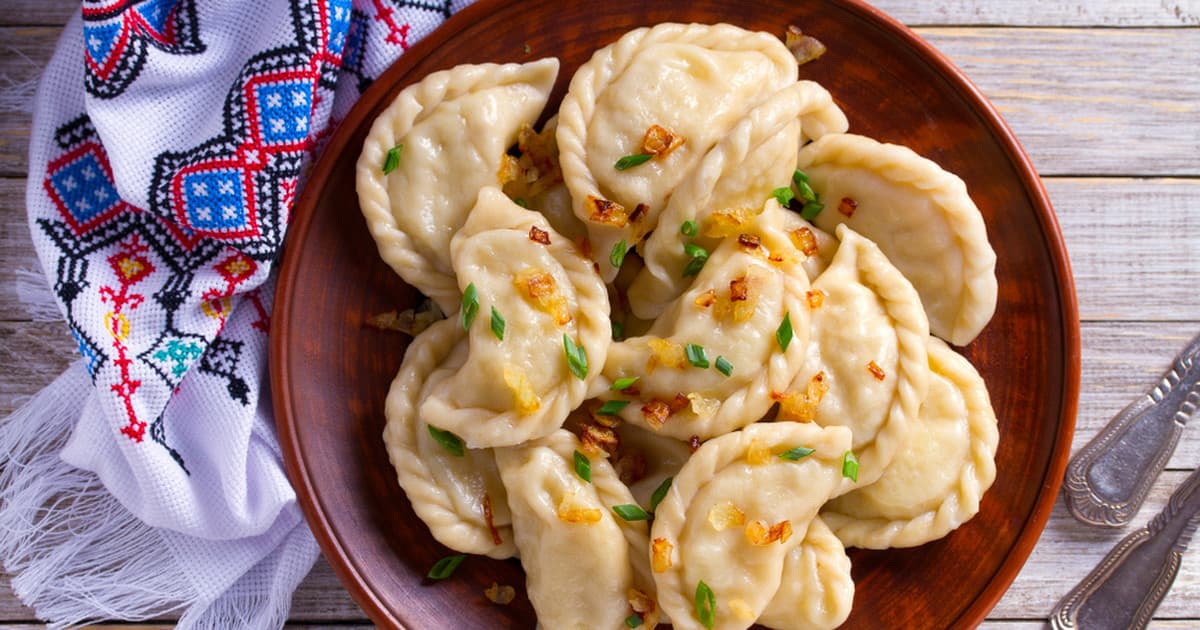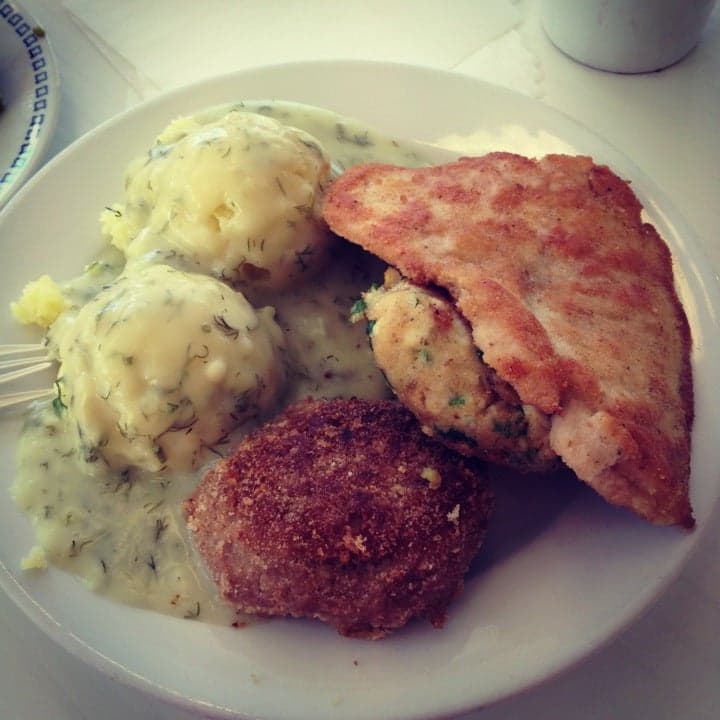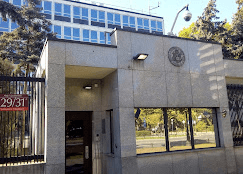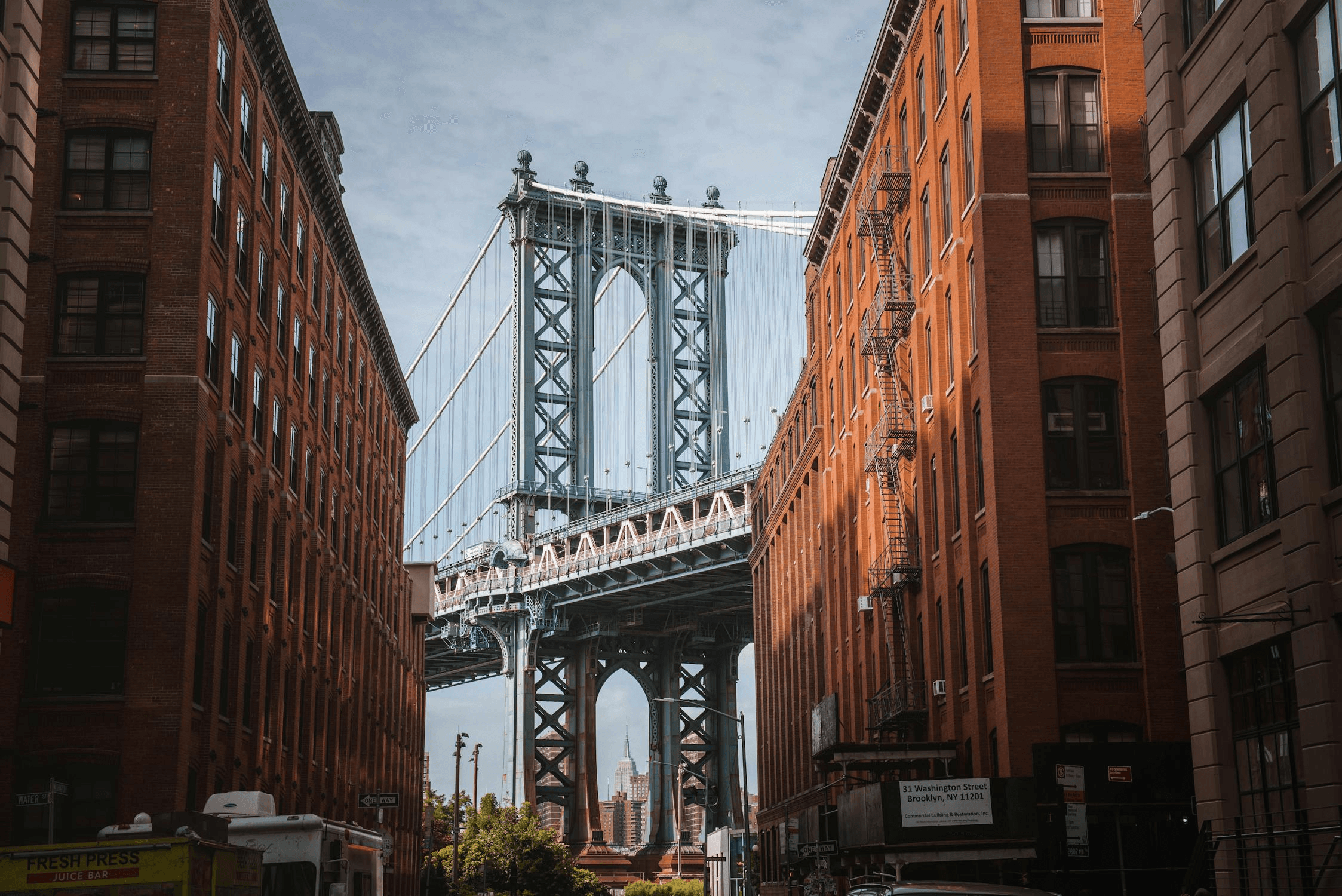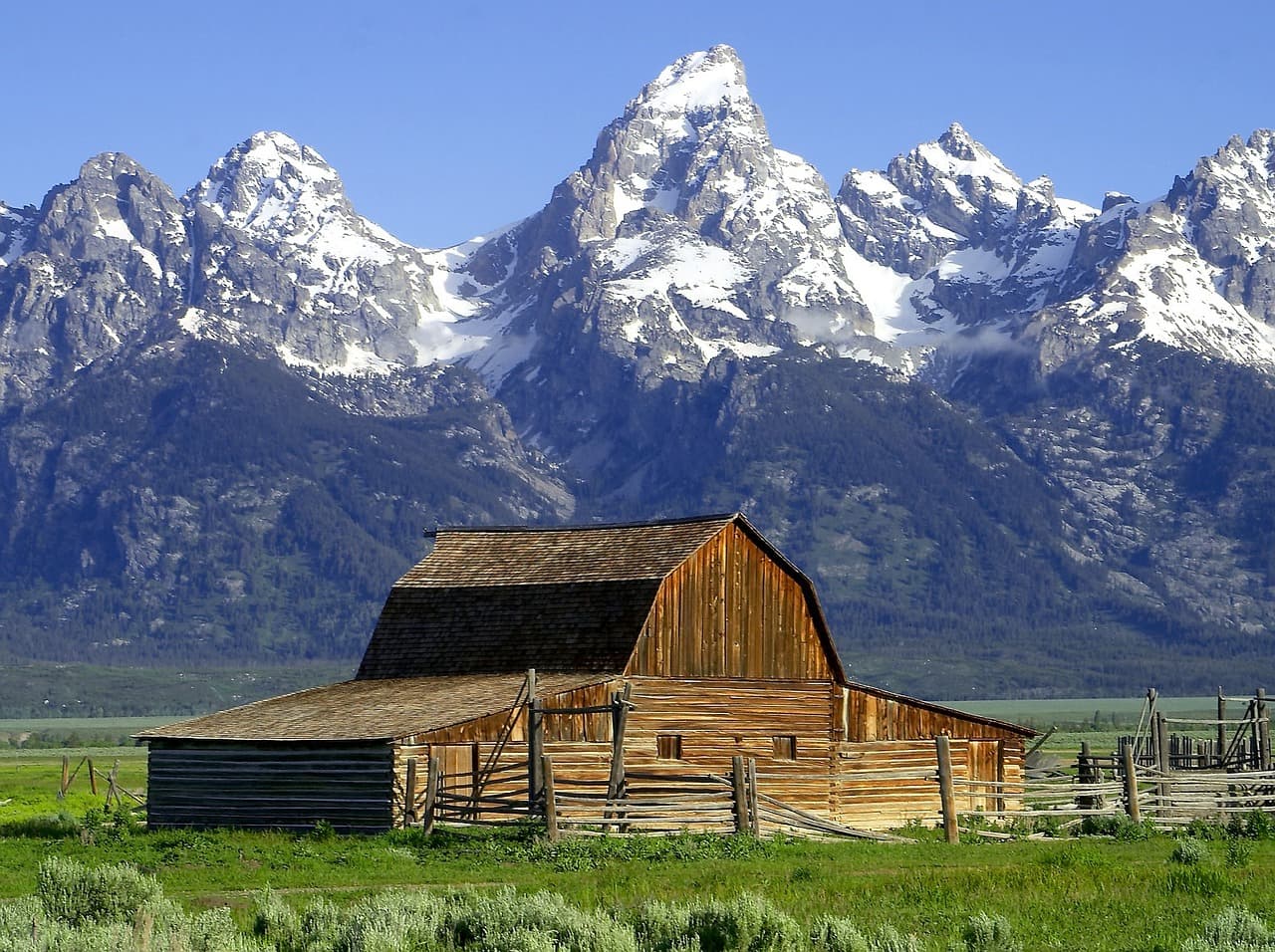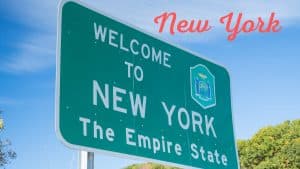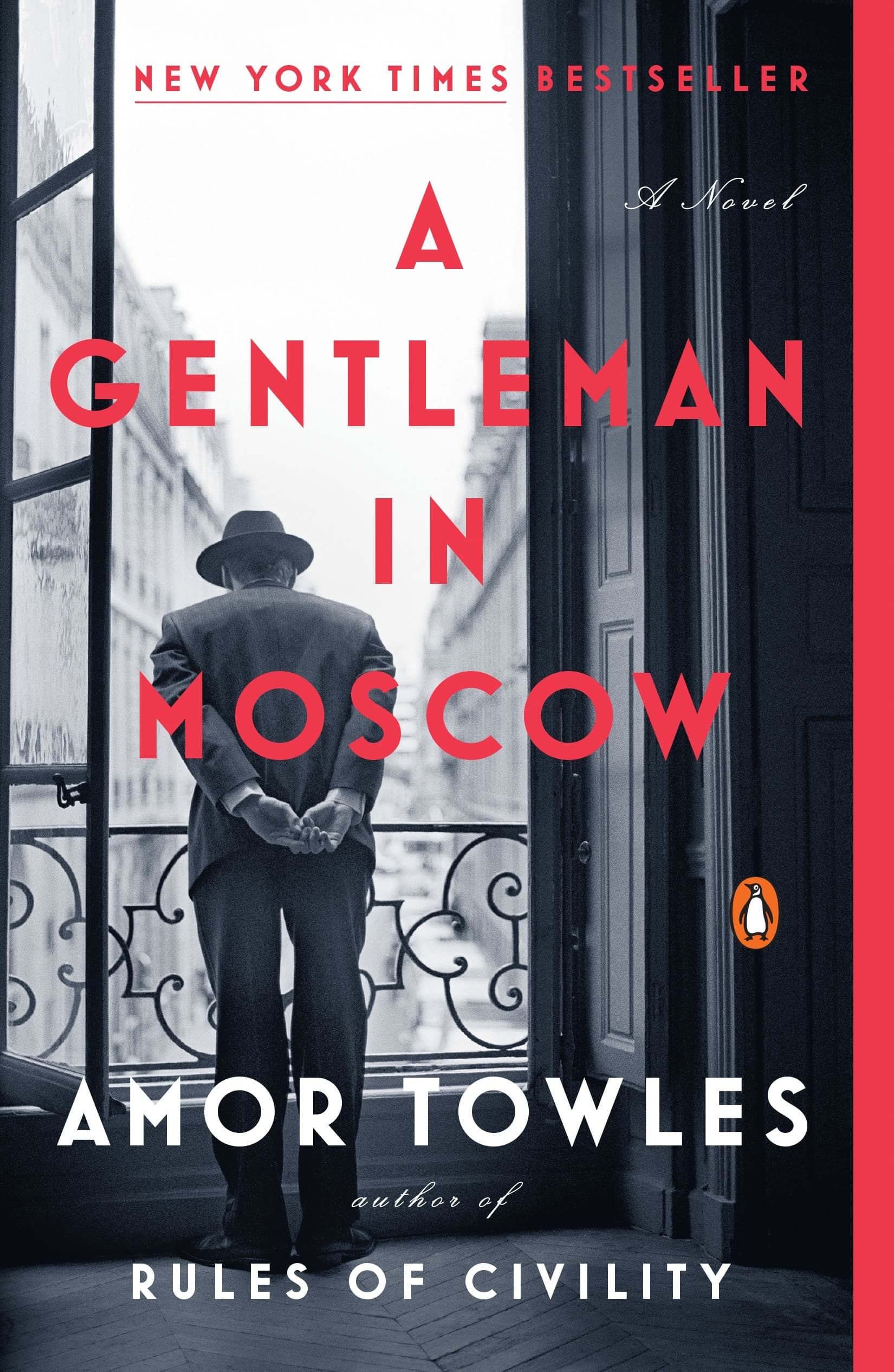Bangkok, Thailand vs. Malbork
Bangkok, Thailand
Bangkok is the capital of Thailand and its biggest city. It sits along the Chao Phraya River in central Thailand, spreading out over a large area with nearly 9 million people living in the city itself and over 17 million in the surrounding region. It’s a place that mixes old traditions with modern life. On one side, you’ve got ancient temples like Wat Pho and Wat Arun, and on the other, you’ve got massive shopping malls and skyscrapers. The city has been around for a long time, starting as a small trading post in the 15th century. It became the capital in 1782 when King Rama I moved it to the eastern bank of the river. Over the years, Bangkok has seen a lot—colonial pressures, modernization, political protests, and economic growth. It really took off in the 1980s and 1990s when foreign companies started setting up shop there. Bangkok is known for being busy and full of life. The streets are packed with cars, motorbikes, and tuk-tuks, which often leads to heavy traffic. Despite effort...
Malbork
Malbork is a small city in northern Poland, but what makes it stand out is its enormous, medieval brick castle—one of the largest in the world. Built in the 13th century by the Teutonic Knights, the castle was more than just a fortress; it was the headquarters of a powerful religious and military order that controlled vast territories in the region. Today, Malbork Castle is a UNESCO World Heritage Site and a must-see for history lovers, with its towering walls, grand halls, and a fascinating museum that showcases medieval artifacts, weapons, and amber craftsmanship. Walking through its courtyards and chambers, you get a real sense of what life might have been like in the Middle Ages. The city itself is located along the Nogat River, about an hour’s drive from Gdańsk. While Malbork is mostly known for its castle, it has a peaceful, small-town charm. The streets are lined with trees, there are cozy cafés and restaurants serving Polish food, and you can still see traces of the city’s P...
Reviews
Reviewed on 2/23/2025
It took me a good few trips to adapt but not I absolutely love this city.
Reviews
| Item | Votes | Upvote |
|---|---|---|
| Delicious street food everywhere | 1 | |
| Very affordable | 1 | |
| World's biggest bazaar | 1 |
| Item | Votes | Upvote |
|---|---|---|
| Not walkable | 1 |
| Item | Votes | Upvote |
|---|---|---|
| Malbork has a huge medieval castle | 1 |
| Item | Votes | Upvote |
|---|---|---|
| No cons yet, would you like to add one? | ||
Frequently Asked Questions
While both Bangkok and Malbork offer rich historical experiences, they cater to different interests. Bangkok is known for its ancient temples and vibrant culture, showcasing a blend of modernity and tradition. In contrast, Malbork is home to one of the largest medieval castles in the world, providing a deep dive into medieval history and architecture. If you prefer a bustling city with diverse historical sites, Bangkok may be better. However, if you are specifically interested in medieval history and castles, Malbork would be the ideal choice.
Bangkok offers a vibrant and diverse cultural experience with its mix of ancient traditions, street food, and lively festivals like Songkran. The city's energy and modern amenities contrast with its historical sites. Malbork, on the other hand, provides a unique cultural experience centered around its medieval castle and historical reenactments, such as the 'Siege of Malbork' festival. If you seek a dynamic urban culture, Bangkok is the better option, while Malbork is perfect for those interested in a more tranquil, history-focused experience.
Bangkok is renowned for its delicious and diverse street food, offering a wide range of affordable options that reflect Thai cuisine. In contrast, Malbork has cozy cafés and restaurants serving traditional Polish food, but the variety is limited compared to Bangkok. If you are a food lover looking for a variety of flavors and experiences, Bangkok's street food scene is likely to be more appealing than the dining options in Malbork.
Malbork is more suitable for outdoor activities, offering opportunities for boat trips on the Nogat River, kayaking, and exploring the surrounding countryside. The city also has parks and family-friendly attractions. Bangkok, while having some outdoor spaces, is primarily known for its urban environment and heavy traffic, which can limit outdoor activities. Therefore, if you are looking for a destination with more outdoor options, Malbork would be the better choice.
Pros of Bangkok, Thailand include delicious street food available everywhere, affordability, and being home to the world's biggest bazaar. However, a notable con is that the city is not very walkable, which can make getting around challenging.
Bangkok, Thailand is known for its vibrant culture, bustling street life, and a mix of ancient traditions and modernity. The city features famous landmarks such as the Grand Palace, Wat Pho, and Wat Arun, as well as a lively street food scene and extensive shopping options, including the world's biggest bazaar.
Bangkok has a rich history that dates back to the 15th century when it started as a small trading post. It became the capital of Thailand in 1782 when King Rama I moved it to the eastern bank of the Chao Phraya River. Over the years, Bangkok has experienced significant changes, including colonial pressures, modernization, and economic growth, particularly during the 1980s and 1990s.
Transportation in Bangkok can be challenging due to heavy traffic, with streets often packed with cars, motorbikes, and tuk-tuks. While there have been improvements in public transportation, including skytrains and subways, traffic jams remain a common issue. The city is not very walkable, which can make navigating it more difficult.
Popular attractions in Bangkok, Thailand include the Grand Palace, Wat Pho, and Wat Arun. Tourists also flock to markets like Chatuchak and various floating markets, as well as Khao San Road, which is known for its budget hostels, bars, and street vendors.
The nightlife in Bangkok, Thailand is vibrant and diverse, offering everything from lively bars to well-known red-light districts. The city comes alive at night, providing a range of entertainment options for both locals and tourists.
Malbork is known for its enormous medieval brick castle, which is one of the largest in the world. Built in the 13th century by the Teutonic Knights, the castle serves as a UNESCO World Heritage Site and features grand halls, towering walls, and a fascinating museum showcasing medieval artifacts.
The main pro of visiting Malbork is its huge medieval castle, which offers a unique glimpse into history and architecture. However, there are no significant cons listed by visitors, making it a generally favorable destination for history lovers.
Besides visiting the castle, visitors to Malbork can take a boat trip on the Nogat River for a unique view of the castle, rent a kayak for an active adventure, or explore the surrounding countryside filled with fields and forests. The city also features a large park and a dinosaur-themed amusement park, which is great for families.
The best time to visit Malbork is during the summer when the city hosts the 'Siege of Malbork' festival. This event features a large-scale reenactment of a 15th-century battle, complete with knights in armor, sword fights, and a medieval-style market.
Malbork has a peaceful, small-town charm with tree-lined streets, cozy cafés, and restaurants serving Polish food. The city retains traces of its Polish and German heritage in its architecture, making it a pleasant place to explore.
